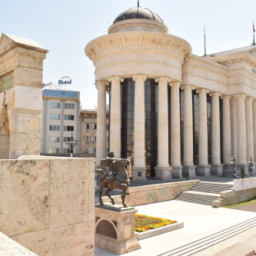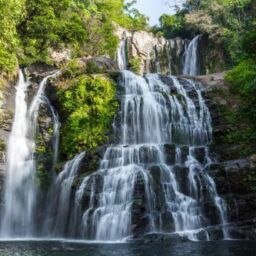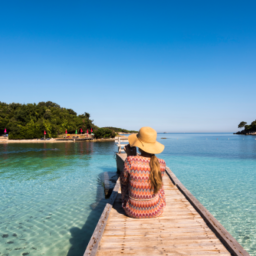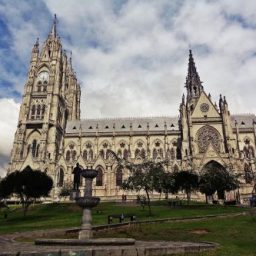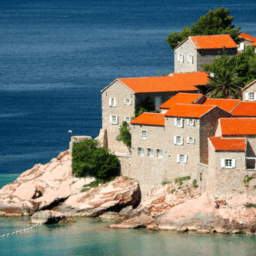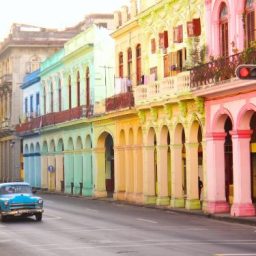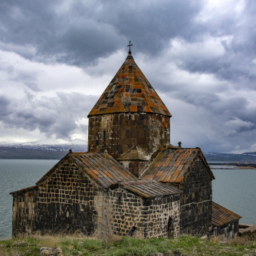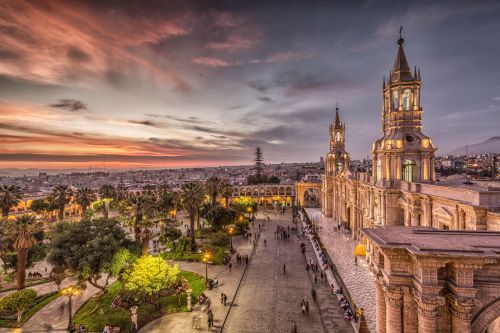

A common opinion says Peru is a country with the greatest treasures of South America. Avid travellers dream of seeing the ancient Incan city of Machu Picchu, the legendary Cusco, and Vinicunca, the Mountain of Seven Colours, at least once with their own eyes.
Peru is much more than breathtaking landscapes and treasures of a magnificent civilisation. It is important to remember extraordinary people who have learned to live in a harsh climate: high mountains and an impenetrable jungle. Let’s discover how they communicate daily.
Republic of Peru: what should you know before travelling?
Before we embark on a far journey, let’s learn the essential information about the country we are going to visit today.
In Peru, history meets modernity, and mountains transform into a tropical jungle. The country is inhabited by nearly 33 million people (source: worldpopulationreview.com), belonging to various ethnic groups. The most numerous among them are mestizos (people of mixed race) and amerindios (descendants of the indigenous population).
The official currency of Peru is called the sol. Credit cards are accepted in larger cities, but it is advisable to have cash on hand, especially if you plan to travel to rural areas. When preparing for the trip, seek medical advice regarding vaccinations. Some sources recommend getting protection against yellow fever and dengue. It may be obligatory if you are arriving from certain destinations.
Peru is a country with a truly diverse climate. Keep this in mind when packing your suitcase. There are 3 main climatic zones:
- The desert and semidesert of the coast (Costa): A zone with low rainfall. A dense fog, called garúa, often can be spotted there. During the day, temperatures are high, but nights can be cool.
- The mountainous climate of the Andes (Sierra): The weather in the Andes is cool and dry. Days can be warm, and nights cold. In the higher parts of the mountains, frost and snow may occur.
- The tropical climate of the Amazon (Selva): High temperatures and humidity prevail all year round. Rainfall is frequent; most of it occurs in the summer months.
Before your dream trip to the mountains, remember about soroche—altitude sickness. This ailment affects travellers who are not used to high altitudes, reigning in the Andes. Give your body an adequate amount of time to acclimate, especially before visiting Cusco or Machu Picchu.
Recruitment for multinational companies can be a tedious process. Tools like Focus Audit Tool have been designed for your comfort and time efficiency. One platform allows you to check the language level of your candidates. It is available in more than 30 languages, including Spanish. The whole procedure takes place online. Forget about costly language exams!
Indigenous languages of Peru
Peruvian language researcher Peter Landerman has found that Jesuits translated Christian texts into about 150 native languages. Scientists say that there could have been several hundred, even around 700 indigenous languages in the past. Over 40 of them have survived until now (source: BBC). The classification of numerous local dialects is a matter of dispute.
Native Peruvian languages belong to over 15 language families. They are primarily used in the Amazon region. The most popular among them are Asháninka and Aguaruna. In the Andes, 4 languages have been spoken until today: Quechua, Aymara, Jaqaru, and Kawki.
Official languages of Peru
Peru is a multilingual country with two official languages: Spanish and Quechua. They are present in all areas of private and social life. Locally, another native language, Aymara, is used for official matters. It has been given the status of an official language in Puno, Moquegua, and Tacna.
Spanish language in Peru
Spanish is the most widespread language in Peru. It is native to about 32 million people, 83.9% of the country’s population (source: Wiracocha Spanish School). Peruvian Spanish is recognisable by a specific, slow rhythm. There are 4 main dialects: Andean, coastal, Andean-coastal, and Amazonian.
When translating the content of a website into a foreign language, we always consider the cultural background of the country. Our Spanish translator will translate from the source language not only the words but also the humour, style, and meaning of the text to fully engage the new reader.
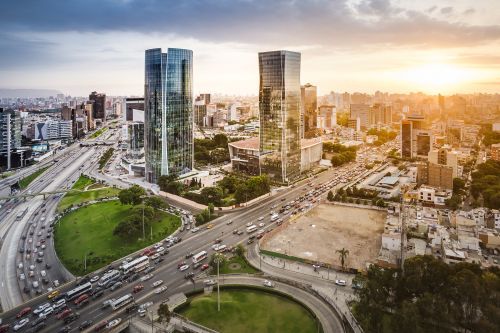
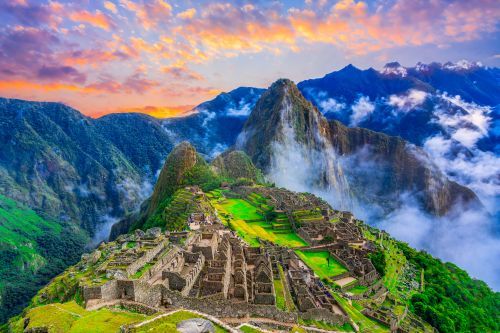
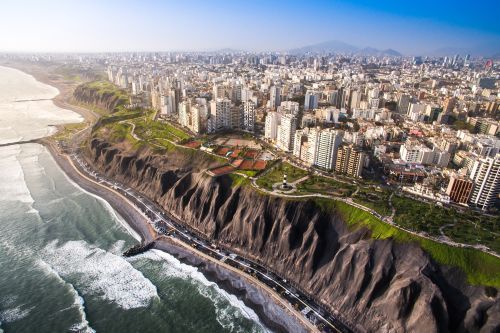
History of the Spanish language in Peru
The Spanish language arrived in Peru in the 16th century with the conquistadors from the Iberian Peninsula. Francisco Pizarro, the first to arrive at Peruvian lands in 1532, founded the contemporary capital of the country, Lima. The Spaniards quickly took colonial control over the area, introducing their language and religion.
Many natives were forced to learn Spanish. Local languages were gradually displaced; some of them disappeared and became forgotten. The Spanish quickly gained a dominant position in administration, trade, education, and daily life in the region.
The Peruvian Spanish evolved over the centuries, adopting local vocabulary. The influence of native languages can be noticed in dialects specific to different regions of the country. After gaining independence in 1821, Spanish became the official language of Peru, as was the case in many Latin American countries.
Peruvian Spanish
Peruvian Spanish is strongly influenced by local languages. It is easy to note loan words from native languages, especially Quechua and Aymara. Some examples of the vocabulary of Indigenous origin include:
- Ñawi (“eye” in Quechua) — used as slang for “look”.
- Chamba (“work” in Quechua) — used interchangeably with Spanish trabajo.
- Pucho (“stub” in Quechua) — replaces the Spanish word for cigarette, cigarillo, among young people.
In Peruvian Spanish grammar, reduplication often occurs—verbs are repeated to strengthen the meaning. A Peruvian would more likely say corre corre instead of just corre (“run”).
In Peruvian Spanish, the ending -ita or -ito is frequently used as a diminutive or an expression of affection, even in contexts where it is not typical for other Spanish dialects; for example, casita instead of casa (“house”).
You can distinguish Peruvian Spanish from the European standard by listening closely to the pronunciation of some consonants. The main difference is the seseo, in which the letters “s” and “z” are pronounced the same way (as “s”). Furthermore, in the Andes, the “s” at the end of words is typically omitted or weakly pronounced.
In the mountainous regions of the Andes, especially among people for whom Quechua is the first language, you can observe a phenomenon called yeísmo, which equates the pronunciation of “ll” and “y”.
Quechua language in Peru
Quechua is the ancient language of the Incas, a powerful empire that dominated the Andean region before the arrival of the Spanish in the 16th century. Today, about 13% of the Peru population (source: Translators without Borders) speaks it, mainly in rural and mountainous areas. The biggest threat to Quechua comes from the migration of people to cities and greater career opportunities for Spanish speakers.
Quechua language protection in Peru
Over the past several decades, the Peruvian government has undertaken a considerable number of initiatives to promote the Quechua language. The actions aim to protect an integral part of the country’s cultural heritage.
Peru has introduced bilingual programs in the public education system in areas where Quechua is widely used. The residents of these regions have access to radio and television stations broadcasting in Quechua. The government channel TV Peru regularly airs the news program Ñuqanchik.
The Peruvian government celebrates Quechua heritage by organising numerous festivals and cultural events. Both locals and tourists gladly participate in the annual Inti Raymi festival. The ancient celebration of the Inca sun god Inti, held during the winter solstice, was the most important day in the empire’s calendar. Contemporary, on June 24th, Cusco is filled with Peruvian music and dances. It is an excellent opportunity to get to know local traditions and ancient beliefs.
Aymara language in Peru
Aymara features unique characteristics that distinguish it from many other languages in the world. It is the native language of about 2% of the population of Peru (source: Translator without Borders), primarily used in the southwestern part of the country, in the Andes. Aymara uses the Latin alphabet for writing.
The Aymara language is reigned by a three-valued logic, which is quite different from the binary logic used in most other languages. This system of logic includes three truth values instead of the traditional two (true and false). It allows for a more detailed understanding of situations, particularly those that may not be clearly defined as either true or false.
Another unique feature is the language’s concept of time. Aymara speakers perceive time in a way that is distinct from the typical understanding in many other cultures. For them, the past is located in front because it is something they have already experienced and can fully see, while the future is behind as something unseen that no one has experienced yet. This cultural perception of time reflects a different understanding of the relationship between human beings and their experiences, encoded in the language.
Aymara grammar
The Aymara language is agglutinative — various affixes are added to a base word to indicate tense, mood, and aspect. A distinctive feature of Aymara verbs is their complexity, compared to other languages. Verb endings in Aymara indicate who is performing the action, when it’s being performed, and even the speaker’s attitude towards it. Noun suffixes, on the other hand, can denote whether something is near or far, singular or plural, known or unknown to the interlocutor.
Time to practice Spanish… in Peru!
There are 2 international airports in Peru, located in Lima and Iquitos. You can also reach the country by sea, arriving at Callao, Talara, or Mollendo. Although the journey from Europe may take a full day or even a couple of days, the memories from your visit to South America will surely last a lifetime!
Before setting off, consider brushing up on your Spanish (or learning it from scratch) for trouble-free communication with the locals. A Spanish language course is an excellent opportunity to learn about the culture and history of Spanish-speaking countries. Do not hesitate to ask your lector for travel advice about South America. Prepare to listen to plenty of intriguing stories!


